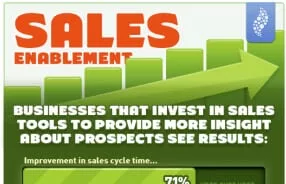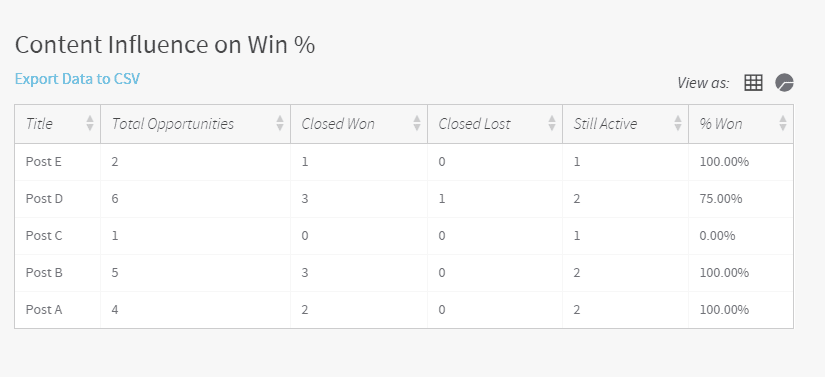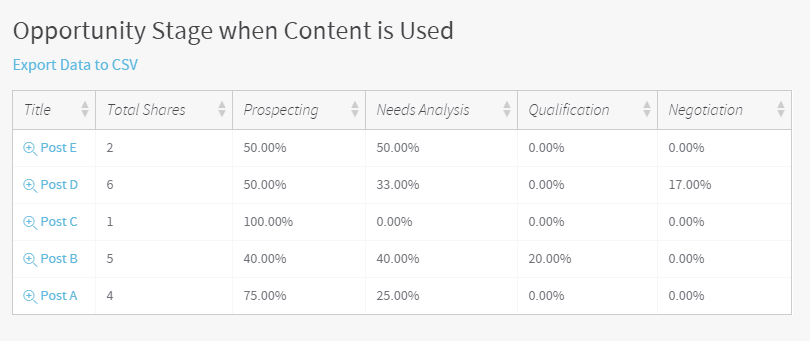How Sales Enablement Tools Can Demonstrate The ROI Of Your Content Marketing

We all know the story. Sales politely asks for a new tech sheet or whitepaper. You and your team put effort into researching the right messaging for the target buyer, work with creative to get it looking beautiful, and deliver something you feel proud of. Then there are crickets. You maybe get a nice thank you email from your sales team or maybe get some props for helping them.
Then it comes time to review your marketing spend and you see a big gaping hole because you can’t prove the ROI of your sales tools and content marketing. This is one of the problems we set out to solve with our new Sales Empowerment tool. Bloomfire SE integrates with Salesforce to help sales find the right assets to use and then helps marketing track the effectiveness of their tools and collateral.
By putting your collateral and sales tools in Bloomfire, your sales team can access them seamlessly in Salesforce. They can then use what we call Rooms to share marketing materials with prospects. This eliminates the need for sales team members to have to hunt for the right collateral, because it’s all right there in Salesforce. This also eliminates issues with version control since you can keep the freshest content in Bloomfire so sales doesn’t have to find the latest email or file in your company’s file sharing tool.
But the best part of all of this is the analytics. With Bloomfire, you can better understand the value of your content marketing. Let’s say you have several departments creating collateral and they would all like to demonstrate the value of their efforts to your leadership. By accessing the advanced analytics section of Bloomfire, you can see the your content’s influence on the win percentage of deals.
The sample data below shows what percent of opportunities are closing when a specific piece of content is being shared with prospects.
You can also drill a level deeper to understand when within your deal stages the content is being shared.
Between these two reports, you can also see if there are holes in your content strategy, which pieces have the greatest influence on deal close percent, and in what phase of the buyer’s cycle they are being used by your sales team. In the example above, this team has a lot of content being shared in the prospecting stage, but less being shared as a deal gets qualified and closed. There may be an opportunity to create pipeline acceleration tools or bottom of the funnel content to help improve close rates.
You can also start to understand if a particular piece of content is more effective at a certain deal stage. In the example above, I’d be interested to compare Post A with Post B because both have high win percentages associated with them, but Post A is being used earlier in the sales cycle. As you can see, with the right data, you can then start to analyze your content in a new way.
Over the next few weeks, I’ll be taking a deep dive into some of the other insights that Bloomfire SE can help deliver your team.

Enterprise AI Search: Definition, Benefits, and Evolution

The Benefit of Company-Wide Knowledge Management in 2026

Are You Making These Common Knowledge Sharing Mistakes?

Estimate the Value of Your Knowledge Assets
Use this calculator to see how enterprise intelligence can impact your bottom line. Choose areas of focus, and see tailored calculations that will give you a tangible ROI.

Take a self guided Tour
See Bloomfire in action across several potential configurations. Imagine the potential of your team when they stop searching and start finding critical knowledge.

